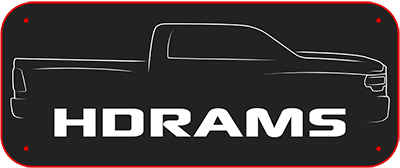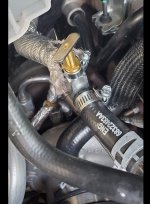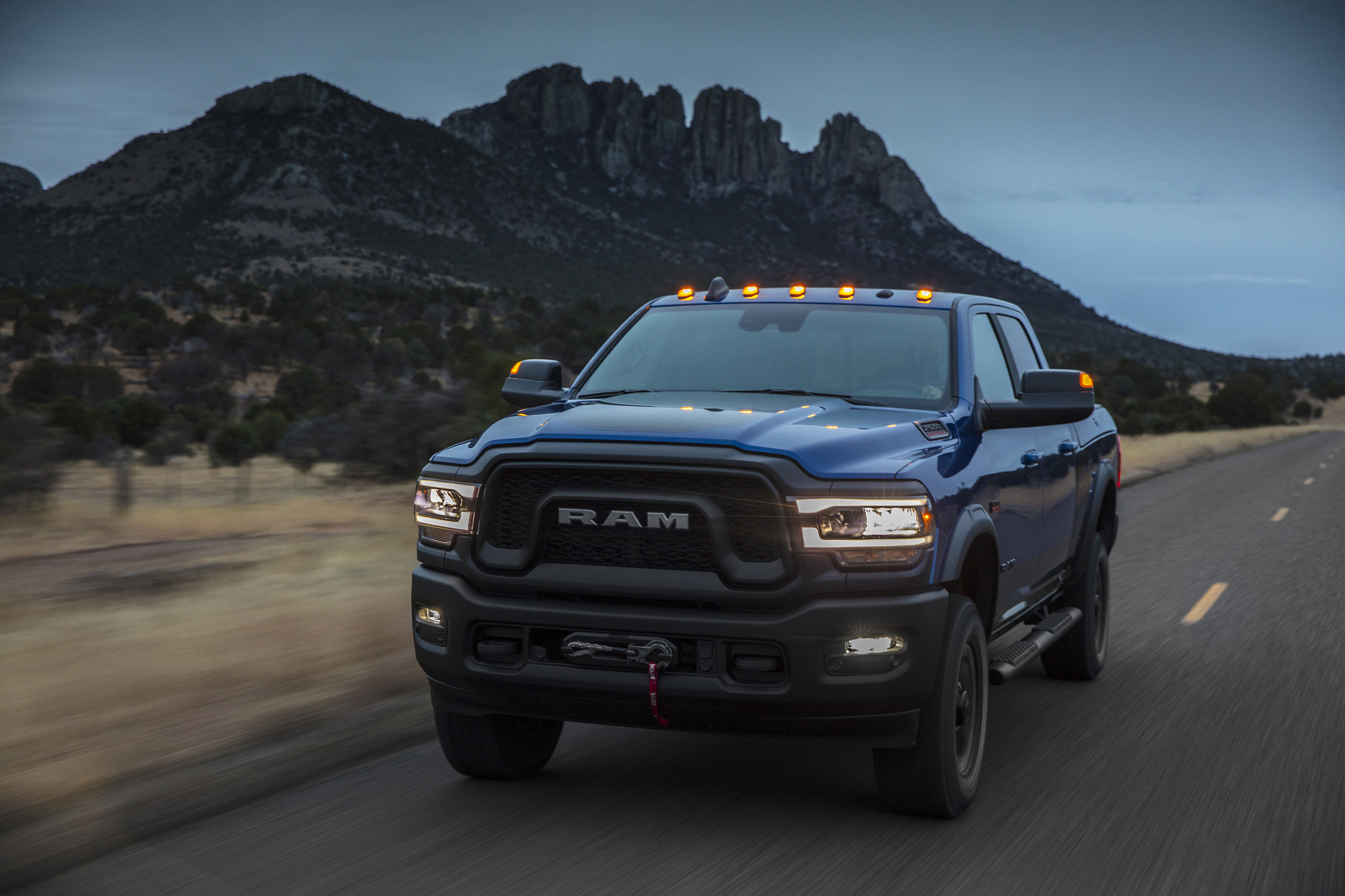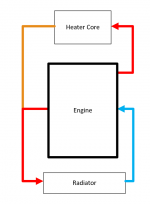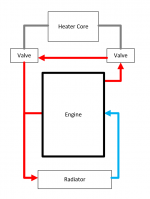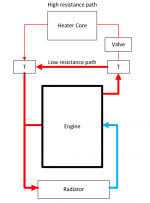I believe I understand what you are saying, but here are a few diagrams to make sure I understand.
From the factory, this is a simplified version of how coolant flows through the engine, heater core, and radiator. Coolant always flows through the heater core, so it is providing a small amount of cooling even when the heater is off. We are trying to determine if the amount of heat extracted by the heater core (when off) is significant enough to affect the air conditioning system.
View attachment 5048
This is the modification I made:
View attachment 5050
I believe you are proposing to completely bypass the heater core to keep the hot water flowing out the top of the engine near cylinders 5-6:
View attachment 5049
When off, the amount of heat the heater core extracts from the coolant is very small because otherwise the interior of the cab would quickly get very hot. I can't imagine the engine cooling system is dependent on the extremely small amount of heat extracted by the heater core when off, but I agree that completely bypassing the heater core would maintain the same flow.
EDIT: Are you suggesting the coolant near cylinders 5-6 can only exit the engine out the top through the heater core? I believe it can still exit the engine with the coolant that circulates around the rest of the cylinders.
